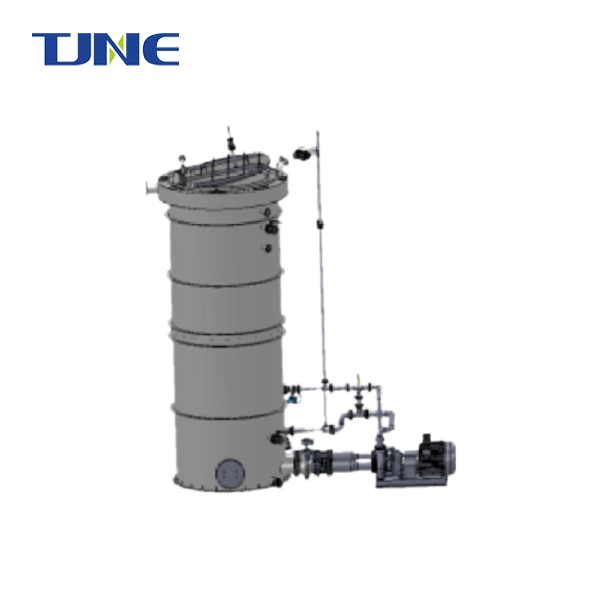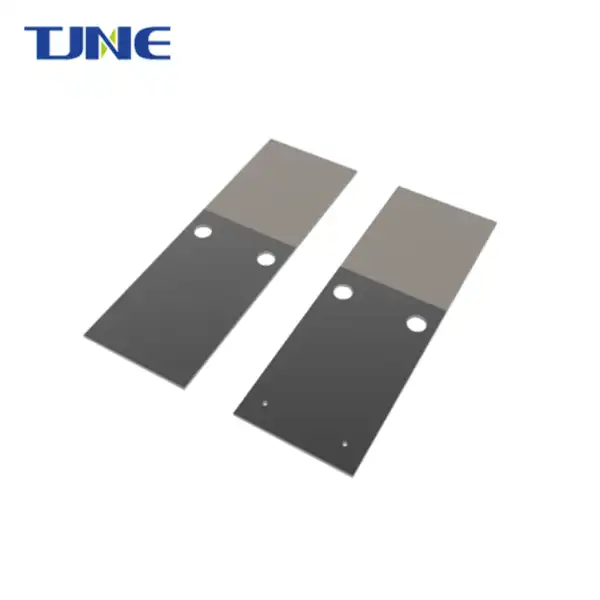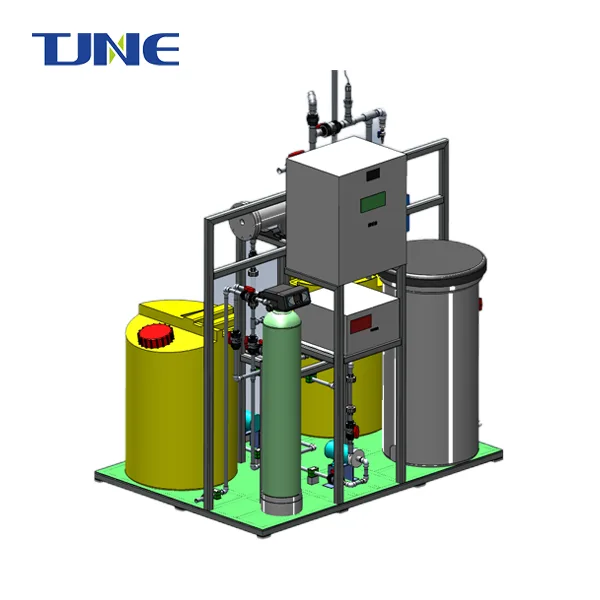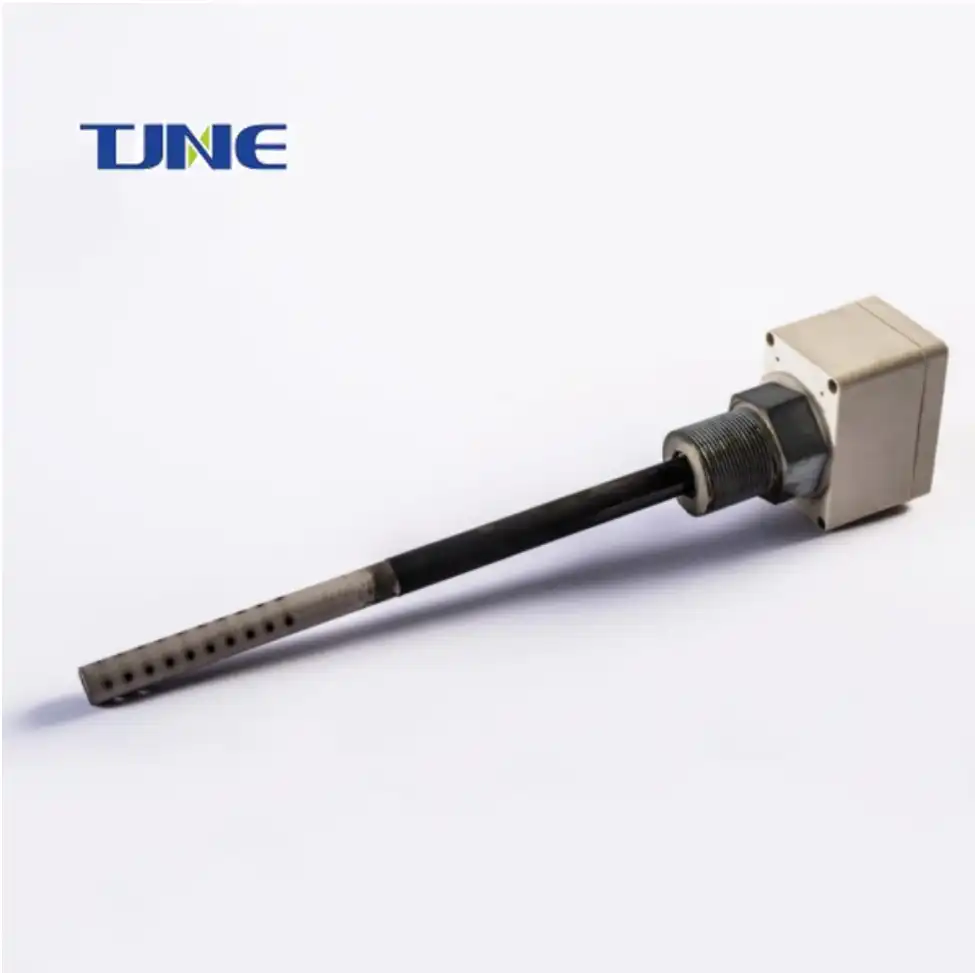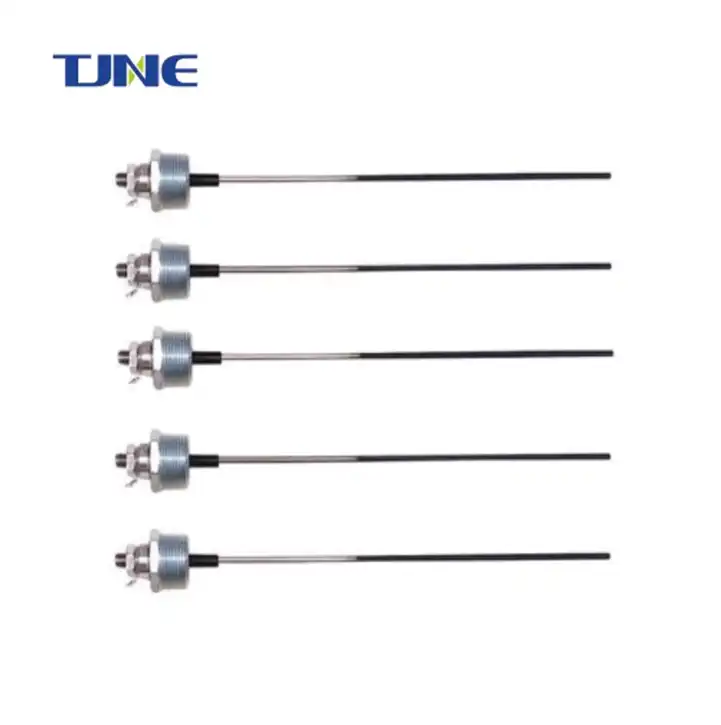- English
- French
- German
- Portuguese
- Spanish
- Russian
- Japanese
- Korean
- Arabic
- Greek
- German
- Turkish
- Italian
- Danish
- Romanian
- Indonesian
- Czech
- Afrikaans
- Swedish
- Polish
- Basque
- Catalan
- Esperanto
- Hindi
- Lao
- Albanian
- Amharic
- Armenian
- Azerbaijani
- Belarusian
- Bengali
- Bosnian
- Bulgarian
- Cebuano
- Chichewa
- Corsican
- Croatian
- Dutch
- Estonian
- Filipino
- Finnish
- Frisian
- Galician
- Georgian
- Gujarati
- Haitian
- Hausa
- Hawaiian
- Hebrew
- Hmong
- Hungarian
- Icelandic
- Igbo
- Javanese
- Kannada
- Kazakh
- Khmer
- Kurdish
- Kyrgyz
- Latin
- Latvian
- Lithuanian
- Luxembou..
- Macedonian
- Malagasy
- Malay
- Malayalam
- Maltese
- Maori
- Marathi
- Mongolian
- Burmese
- Nepali
- Norwegian
- Pashto
- Persian
- Punjabi
- Serbian
- Sesotho
- Sinhala
- Slovak
- Slovenian
- Somali
- Samoan
- Scots Gaelic
- Shona
- Sindhi
- Sundanese
- Swahili
- Tajik
- Tamil
- Telugu
- Thai
- Ukrainian
- Urdu
- Uzbek
- Vietnamese
- Welsh
- Xhosa
- Yiddish
- Yoruba
- Zulu
Cathodic protection is a crucial technique used to prevent corrosion in metal structures, particularly those exposed to harsh environments. At the heart of this protective method lies an essential component: the Mixed Metal Oxide (MMO) anode plate. These advanced electrodes play a pivotal role in the cathodic protection process, effectively safeguarding metals from degradation. In this comprehensive guide, we'll explore the intricate workings of MMO anode plates and their significance in cathodic protection systems.
What are the advantages of using MMO anode plates over traditional anodes?
Mixed Metal Oxide (MMO) anode plates have revolutionized the field of cathodic protection, offering numerous advantages over traditional anode materials such as graphite, high-silicon cast iron, or platinum-coated titanium. These benefits stem from their unique composition and advanced manufacturing processes, making them increasingly popular in various industries.
One of the primary advantages of MMO anode plates is their exceptional durability and longevity. Unlike conventional anodes that may deteriorate rapidly in aggressive environments, MMO anodes can withstand harsh conditions for extended periods. This resilience is attributed to their stable oxide coatings, typically composed of precious metals like iridium, ruthenium, or tantalum oxides on a titanium substrate. The robust nature of these coatings ensures that MMO anodes maintain their effectiveness over time, significantly reducing the need for frequent replacements and minimizing maintenance costs.
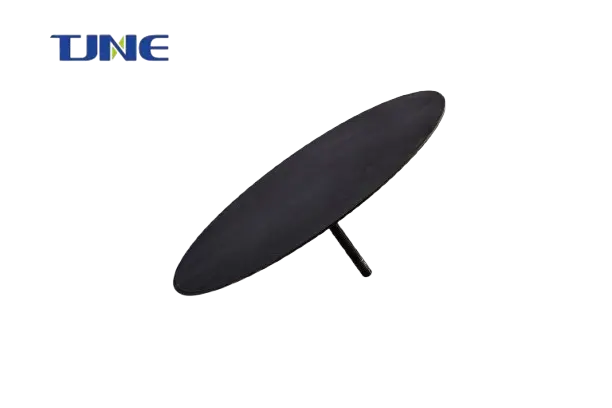
Another crucial advantage of MMO anode plates is their superior electrical efficiency. These anodes exhibit remarkably low consumption rates, meaning they can deliver a higher current output while experiencing minimal material loss. This characteristic not only contributes to their long lifespan but also ensures a more consistent and reliable cathodic protection performance. The high electrical conductivity of MMO anodes allows for more efficient current distribution, resulting in better overall protection of the target structure.
MMO anode plates also offer excellent versatility in terms of design and application. They can be manufactured in various shapes and sizes, including rod, tube, mesh, and ribbon forms, allowing for customized solutions to suit specific project requirements. This flexibility makes MMO anodes suitable for a wide range of cathodic protection systems, from small-scale applications to large industrial installations.
Furthermore, MMO anode plates have a lower environmental impact compared to traditional anodes. Their low consumption rates mean less material is released into the surrounding environment over time. Additionally, the absence of harmful byproducts during operation makes MMO anodes a more environmentally friendly choice for cathodic protection systems.
The dimensional stability of MMO anode plates is another significant advantage. Unlike some conventional anodes that may change shape or size as they corrode, MMO anodes maintain their form throughout their operational life. This stability ensures consistent performance and simplifies the design and maintenance of cathodic protection systems.
Lastly, MMO anode plates offer excellent resistance to passivation, a phenomenon where a protective layer forms on the anode surface, potentially reducing its effectiveness. The unique composition of MMO anodes helps prevent this issue, ensuring sustained performance even in challenging environments.
In summary, the advantages of using MMO anode plates over traditional anodes include superior durability, enhanced electrical efficiency, design flexibility, environmental friendliness, dimensional stability, and resistance to passivation. These benefits have made MMO anodes the preferred choice for many cathodic protection applications, particularly in industries where long-term reliability and performance are critical.
How does the composition of MMO anode plates affect their performance?
The composition of Mixed Metal Oxide (MMO) anode plates plays a crucial role in determining their performance and effectiveness in cathodic protection systems. Understanding the intricate relationship between the anode's composition and its functional characteristics is essential for optimizing cathodic protection designs and ensuring long-lasting, efficient corrosion prevention.
At the core of an MMO anode plate is a substrate, typically made of titanium. Titanium is chosen for its excellent corrosion resistance and lightweight properties, providing a stable foundation for the active coating. The substrate's role is to maintain the structural integrity of the anode and act as a current distributor, ensuring uniform current flow across the entire surface of the anode.
The key to the exceptional performance of MMO anode plates lies in their active coating. This coating is a carefully engineered mixture of metal oxides, primarily consisting of precious metals such as iridium (Ir), ruthenium (Ru), and tantalum (Ta). The specific composition of this oxide layer is tailored to meet the requirements of different applications and environments.
Iridium oxide (IrO2) is often a primary component of the MMO coating due to its outstanding stability and low overpotential for oxygen evolution. This means that IrO2 can efficiently facilitate the anodic reaction (typically the oxidation of water to form oxygen) with minimal energy loss. The presence of iridium in the coating contributes significantly to the anode's long lifespan and consistent performance.
Ruthenium oxide (RuO2) is another common constituent in MMO coatings. It offers excellent catalytic properties and high conductivity, enhancing the overall electrical efficiency of the anode. Ruthenium oxide works synergistically with iridium oxide, improving the anode's ability to distribute current evenly and maintain its effectiveness over time.
Tantalum oxide (Ta2O5) is often incorporated into MMO coatings to enhance the anode's stability in highly aggressive environments. Tantalum oxide provides additional protection to the underlying titanium substrate, preventing its oxidation and ensuring the longevity of the anode structure.
The precise ratios of these metal oxides in the coating are carefully controlled during the manufacturing process. This balance is critical in determining the anode's performance characteristics. For instance, increasing the proportion of iridium oxide can enhance the anode's durability and resistance to wear, while a higher content of ruthenium oxide can improve its catalytic activity and current efficiency.
The thickness of the MMO coating also plays a vital role in the anode's performance. A thicker coating generally results in a longer lifespan but may affect the anode's electrical properties. Manufacturers must strike a balance between coating thickness and electrical efficiency to optimize the anode's overall performance.
The composition of MMO anode plates also influences their behavior in different electrolytes. For example, some MMO compositions are specifically designed to perform well in chloride-rich environments, such as seawater, while others may be optimized for use in fresh water or soil applications. This adaptability allows for the selection of the most suitable MMO composition for specific project requirements.
Another aspect of MMO anode composition that affects performance is the manufacturing process itself. Techniques, such as thermal decomposition, are used to apply the oxide coating to the titanium substrate. The chosen method can impact the coating's adherence, uniformity, and microstructure, all of which contribute to the anode's overall performance and durability.
The composition of MMO anode plates also influences their resistance to passivation and fouling. Certain oxide combinations are more effective at resisting the formation of insulating layers on the anode surface, which can impair performance over time. This resistance to passivation ensures that the anode maintains its effectiveness throughout its operational life.
In conclusion, the composition of MMO anode plates is a critical factor in determining their performance in cathodic protection systems. The careful selection and balance of metal oxides, combined with a titanium substrate, result in anodes that offer superior durability, efficiency, and adaptability to various environments. By understanding and optimizing the composition of MMO anodes, engineers can design more effective and long-lasting cathodic protection systems, ultimately providing better protection against corrosion for a wide range of metal structures.
What are the key factors to consider when designing a cathodic protection system with MMO anode plates?
Designing an effective cathodic protection system using Mixed Metal Oxide (MMO) anode plates requires careful consideration of various factors to ensure optimal performance, longevity, and cost-effectiveness. Engineers and corrosion specialists must take into account a range of parameters that influence the system's efficiency and its ability to provide comprehensive protection to the target structure.
One of the primary factors to consider is the environment in which the cathodic protection system will operate. Different environments present unique challenges that can affect the performance of MMO anode plates. For instance, in marine applications, the high chloride content and varying salinity levels can impact the anode's behavior and longevity. In contrast, soil-based systems may need to account for variations in soil resistivity and moisture content. Understanding these environmental factors is crucial in selecting the appropriate MMO anode composition and designing a system that can withstand the specific challenges of the operating environment.
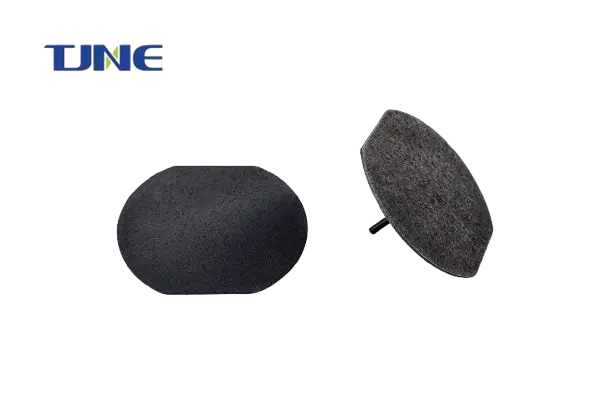
The size and geometry of the structure to be protected play a significant role in the design process. Larger structures or those with complex geometries may require multiple anode installations or specialized anode configurations to ensure uniform current distribution. Engineers must carefully calculate the total surface area requiring protection and determine the optimal placement of MMO anode plates to achieve comprehensive coverage. This may involve using computer modeling and simulation tools to predict current distribution patterns and identify potential areas of inadequate protection.
Current density requirements are another critical factor in the design of cathodic protection systems using MMO anode plates. The current density needed to achieve adequate protection varies depending on the material of the structure, its condition, and the aggressiveness of the environment. Designers must calculate the total current output required and select MMO anodes with the appropriate dimensions and composition to meet these requirements. It's essential to balance the need for sufficient current output with the longevity of the anodes, as higher current densities can lead to faster anode consumption.
The electrical resistivity of the electrolyte (whether it's soil, water, or another medium) significantly impacts the design of the cathodic protection system. In high-resistivity environments, achieving adequate current distribution can be challenging and may require the use of more anodes or higher driving voltages. Conversely, in low-resistivity environments, care must be taken to avoid overprotection, which can lead to issues such as hydrogen embrittlement in some materials.
The expected lifespan of the cathodic protection system is a crucial consideration when designing with MMO anode plates. While these anodes are known for their longevity, the design must account for gradual consumption over time. Engineers should calculate the expected anode life based on the anticipated current output and environmental conditions, ensuring that the system will provide adequate protection for the desired duration. This may involve planning for periodic anode replacements or incorporating redundancy into the system design.
Interference with other nearby structures or cathodic protection systems must also be taken into account. Stray currents from the designed system could potentially accelerate corrosion in unintended areas or interfere with neighboring cathodic protection installations. Designers must consider the layout of surrounding infrastructure and implement measures to mitigate any potential negative impacts, such as the use of isolating joints or careful anode placement.
The power source for the cathodic protection system is another critical design factor. MMO anode plates can be used in both impressed current and sacrificial anode systems. For impressed current systems, the selection of an appropriate rectifier or power supply is essential to ensure stable and controllable current output. Factors such as voltage requirements, current capacity, and the need for remote monitoring capabilities should be considered when specifying the power source.
Monitoring and control systems are integral components of modern cathodic protection designs. The inclusion of reference electrodes and monitoring points allows for ongoing assessment of the system's performance and enables adjustments to be made as needed. Advanced monitoring systems can provide real-time data on protection levels, anode performance, and environmental conditions, facilitating proactive maintenance and optimization of the cathodic protection system.
Economic considerations also play a significant role in the design process. While MMO anode plates offer excellent long-term value due to their durability and efficiency, their initial cost may be higher than some traditional anode materials. Designers must balance the upfront investment with the long-term benefits, considering factors such as reduced maintenance requirements, extended system lifespan, and improved protection efficiency.
Lastly, regulatory compliance and industry standards must be adhered to when designing cathodic protection systems with MMO anode plates. Different industries and regions may have specific requirements or guidelines for cathodic protection systems. Designers must ensure that their systems meet or exceed these standards while also considering any environmental regulations regarding the use and disposal of anode materials.
In conclusion, designing an effective cathodic protection system using MMO anode plates requires a comprehensive approach that considers environmental factors, structural characteristics, electrical parameters, system longevity, interference mitigation, power supply, monitoring capabilities, economic factors, and regulatory compliance. By carefully evaluating and addressing these key factors, engineers can create robust and efficient cathodic protection systems that provide long-lasting corrosion prevention for a wide range of structures and applications.
If you are interested in the products of Xi'an Taijin New Energy & Materials Sci-Tech Co., Ltd., please contact yangbo@tjanode.com.
References
1. Baeckmann, W. V., Schwenk, W., & Prinz, W. (1997). Handbook of cathodic corrosion protection. Gulf Professional Publishing.
2. Revie, R. W., & Uhlig, H. H. (2008). Corrosion and corrosion control: an introduction to corrosion science and engineering. John Wiley & Sons.
3. Roberge, P. R. (2008). Corrosion engineering: principles and practice. McGraw-Hill Professional.
4. Shreir, L. L., Jarman, R. A., & Burstein, G. T. (1994). Corrosion: metal/environment reactions. Newnes.
5. Cicek, V. (2014). Cathodic protection: industrial solutions for protecting against corrosion. John Wiley & Sons.
6. Peabody, A. W. (2001). Peabody's control of pipeline corrosion. NACE International.
7. Hack, H. P. (Ed.). (1999). Designing cathodic protection systems for marine structures and vehicles. ASTM International.
8. Lazzari, L., & Pedeferri, P. (2006). Cathodic protection. Polipress.
9. Von Baeckmann, W., Schwenk, W., & Prinz, W. (1997). Handbook of cathodic corrosion protection: theory and practice of electrochemical protection processes. Gulf Professional Publishing.
10. Bushman, J. B. (2001). Corrosion and cathodic protection theory. Bushman & Associates, Inc.
Related Industry Knowledge
- Why MMO Titanium Probe Anodes Are Essential for Advanced Corrosion Protection?
- Why Are MMO Wire Anodes a Game-Changer in Corrosion Protection?
- Why Are MMO/Ti Flexible Anodes the Future of Corrosion Protection?
- What Makes MMO Tubular Titanium Anodes a Revolutionary Choice for Electrochemical Applications?
- The Protective Power of MMO Ribbon Anodes: A Deep Dive into Cathodic Protection
- Which Industries Utilize MMO Anode Plates for Corrosion Protection and Cathodic Protection?
- What Is an MMO Anode Plate and How Does It Function in Electrochemical Processes?
- What are the Applications of MMO Titanium Mesh Anodes?






